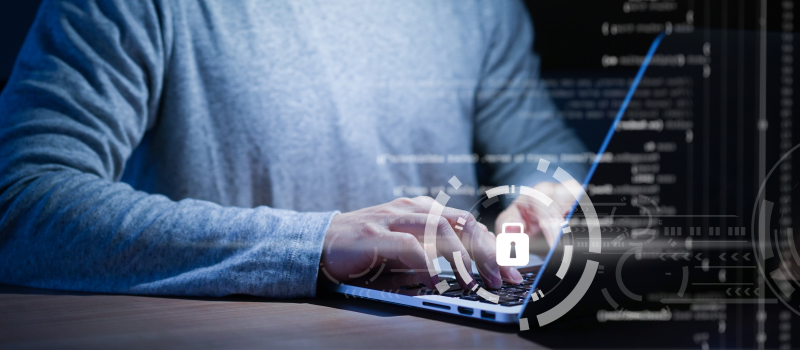Password Hygiene Best Practices
According to a report by Verizon, 80% of data breaches are caused by weak or stolen passwords. In addition, the report found that 60% of users reuse the same password across multiple accounts, making it easier for hackers to access multiple accounts with a single stolen password.
Maintaining good password hygiene is essential to protect against these threats and keep your accounts secure.
Weak or compromised passwords can be easily cracked, allowing cybercriminals to gain access to our data and steal our information. Here are a few password hygiene best practices to consider,
Use Strong Passwords
Using strong passwords is one of the most crucial steps in maintaining good password hygiene. A strong password is one that is long and complex, using a combination of letters, numbers, and symbols. Avoid using easily guessable passwords, such as “password” or “123456,” and avoid using personal information, such as birth dates or names.
Update passwords or revoke access when employees leave the organization
Changing passwords regularly is another essential step in maintaining good password hygiene. It is recommended to change passwords every 90 days or sooner, depending on the level of security required. Passwords need to be updated regularly and access to data has to be revoked when employees are no longer authorized to access it. However, this important step is often overlooked. This is especially an issue in SMBs where the staff is pretty busy and turnover is high. They are too busy to remember to change the passwords once a staff member quits, leaving their data vulnerable. So, next time the new intern finishes their stint with you, make sure you change the password and revoke their access.

Enable Two-Factor Authentication
Two-factor authentication adds an extra layer of security to your accounts. It requires you to provide a second form of identification, such as a code sent to your phone, in addition to your password. Two-factor authentication makes it harder for hackers to gain access to your accounts, even if they have your password.
Don’t Reuse Passwords
Sometimes people find it difficult to remember multiple passwords for various files and applications, so they use a single good, strong password everywhere. Using the same password for multiple accounts is a common mistake that can compromise the security of all your accounts. If one account is compromised, all accounts using the same password are also at risk. Using a unique password for each account decreases the amount of damage that can be inflicted in the event that one password is compromised.
Avoid Writing Down Passwords
Writing down passwords is a risky practice. It is easy to misplace or lose the paper where you wrote down your passwords. Avoid writing down passwords, and if you must write them down, keep them in a secure place, such as a locked cabinet. This applies primarily to an office environment, where desks, files and notepads are in open view and available to all.
Don’t share your passwords
Never share your password. If you need to give data access to multiple people, make sure each one of them has their own access credentials. This creates an audit trail and helps trace the data breach back to its origin if it occurs.
Be Wary of Phishing Scams
Phishing scams are a common way for hackers to gain access to passwords. Phishing scams involve sending an email or text message that appears to be from a legitimate source, such as a bank or social media site. The message typically asks you to click on a link and enter your password, giving the hacker access to your account. Before you click on any link, it is essential to verify if the links are genuine

